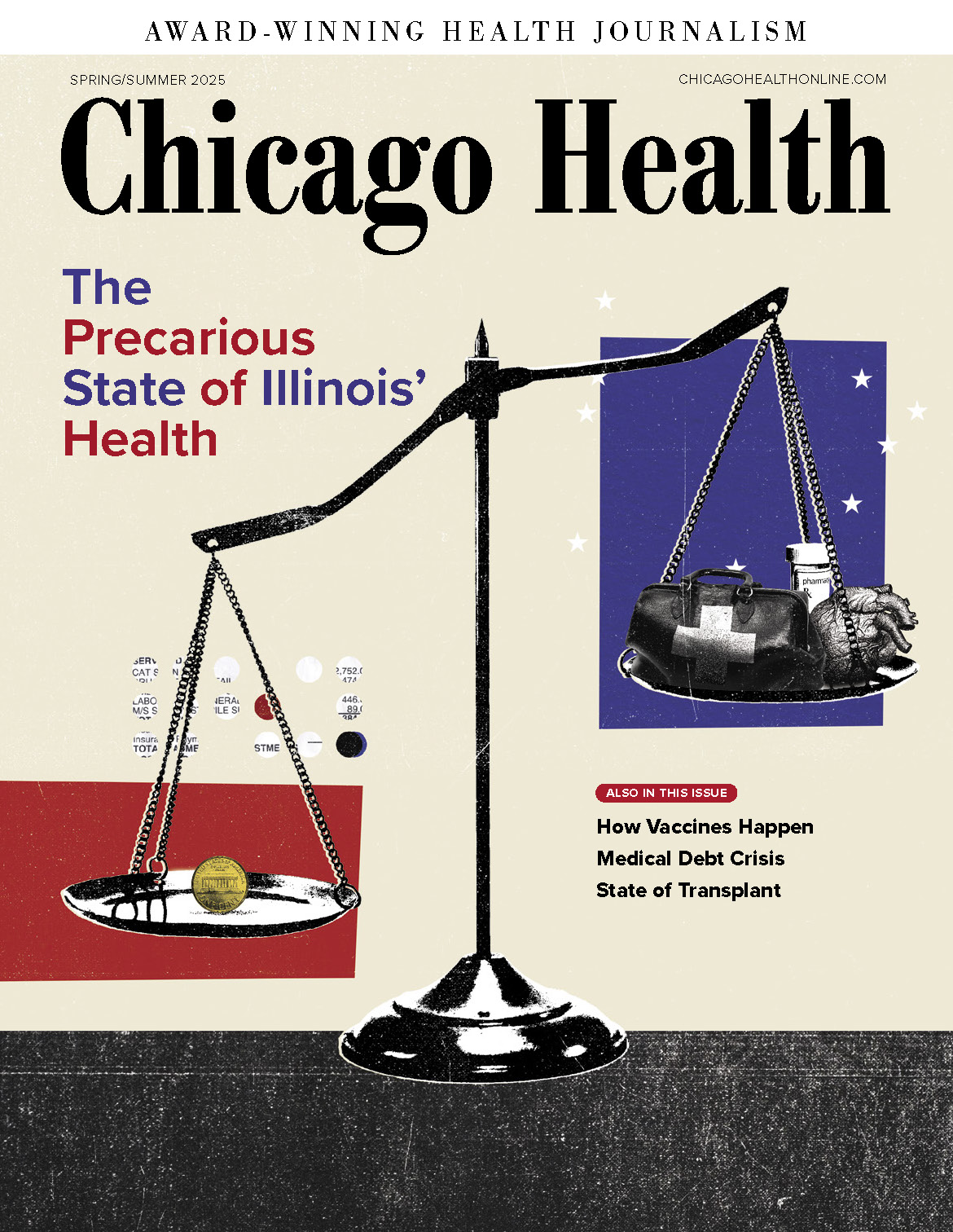
Rebecca is an experienced registered dietitian, freelance writer, and yoga teacher who loves to read, hike, and tend her garden.
What older adults should know about ultra-processed foods, what they should avoid, and why it matters
Fact checked by Ros Lederman
Believe it or not, food processing is as old as humankind. Any method that changes food from its original state — whether drying, fermenting, milling, or freezing — counts as processing. But in the past century, food processing in the United States has shifted dramatically: from modest home-based methods to an expansive industrial system.
Today, the average American diet consists of about 60% processed foods, and that number is rising. While Health and Human Services Secretary Robert F. Kennedy, Jr. has drawn attention to food additives such as petroleum-based synthetic dyes, sugar, and seed oils, the politicized conversation often fails to acknowledge that not all processed food is the same.
“When considering what to eat, it’s important to distinguish between processed foods and ultra-processed foods,” says Bethany Doerfler, a registered dietitian with Northwestern Medical Group. “For example, canned beans with no added sugar and salt are an example of packed but not highly processed foods. Ultra-processed foods include highly refined snack foods, shelf-stable desserts, frozen and processed meats, and sodas.”
Ultra-processed foods go through multiple industrial steps, contain ingredients and additives not found in home kitchens, and are manufactured for maximum appeal.
“We know ultra-processed foods are highly palatable and often trigger a preference in the brain for these types of food,” says Frances Lee, a nurse practitioner with Rush University System for Health, Center for Weight Loss and Lifestyle Medicine.
Hyper-palatable means a food is manufactured to contain an ideal mix of fat, salt, carbohydrates, and added sugar — activating reward systems in the brain and encouraging overconsumption.
“Diets that contain large amounts of ultra-processed food can have effects on the gut microbiome and metabolism, increasing the risk of obesity, cardiovascular disease, type 2 diabetes, mental health disorders, fatty liver, systemic inflammation, and more,” Lee says.
For older adults, 60% of whom have at least two chronic conditions, a diet high in ultra-processed foods takes a major toll.
A crisis decades in the making
Food choices in the U.S. have contributed to the health crisis underway here. About 74% of adults and 20% of children are overweight or obese — rates nearly three times higher than in the 1970s.
A stroll through the grocery store reveals that processed and ultra-processed foods dominate the shelves. Yet, simply telling people to eat better ignores the larger forces that have driven this shift.
The widespread availability of processed, shelf-stable food has improved food security for the world’s rapidly growing population. The ability to preserve, store, and transport food over long distances means food is available in ways never before seen in human history — whether for feeding people in large urban areas or sending it around the world to places suffering drought or disasters.
Time also drives ultra-processed food consumption. Before industrial food processing, preparing food meals was a labor-intensive responsibility that largely fell to women. Once women entered the workforce in large numbers, time-saving convenience foods became essential.
Cost is another factor. It costs more to store and transport fresh foods. In contrast, processed foods are cheaper, last longer, and are often more accessible — especially in food deserts, low-income areas where grocery stores are scarce.
“Processed foods are shelf-stable and typically cheaper than minimally processed foods,” Lee says. “For example, frozen vegetables are processed foods, but for many people, they’re a more feasible option than fresh produce. This would be far better than having no vegetables.”
Not all processed foods are equal
There’s no need to completely eliminate processed foods. What matters is understanding what kind of processing has occurred.
“Some processed foods are simply heat processed and packaged,” Doerfler says. “They are convenience foods with minimal artificial ingredients; things like some tomato sauces, canned fruits with no added sugar, and canned beans.”
When choosing processed food, Doerfler recommends the following tips:
- Check for real ingredients as the first several listed on the label
- Avoid artificial dyes and sweeteners when possible
- Limit foods with multiple shelf stabilizers and gums
- Watch for added sugars and sugar substitutes
- Choose healthy fats, such as natural peanut butter without added palm oil
Processed foods can be part of a healthy diet that emphasizes plenty of whole, fresh, unprocessed foods. Still, some ultra-processed foods are best avoided.
“Sugar-sweetened beverages offer little to no nutritional value and should be very limited or avoided,” Lee says.
Finding balance
For older adults, particularly those with limited mobility, ultra-processed foods make for an easily accessible option. But even here, small shifts can make a big difference. Try to limit or avoid:
- Cookies and candy
- Salty snack foods
- Processed meats (bacon, sausage, lunchmeat, hot dogs)
- Instant noodles and soups
- Ready-to-eat meals
Improving personal food choices is essential — but so is changing the system that shapes those choices. Researchers and policymakers are exploring solutions to reduce the population’s dependence on ultra-processed foods, including:
- Restricting marketing of unhealthy foods to children
- Strengthening nutrition standards for school meals
- Subsidizing fresh produce in federal food assistance programs
- Improving food labeling for greater transparency
- Incentivizing supermarkets in underserved communities
- Investing in healthier processed food innovation
Ultra-processed foods aren’t going away. They’re deeply embedded in the way we live, shop, and eat. But by making more informed choices — and pushing for smarter food policies — Americans can reduce the negative impact and reclaim their health, one meal at a time.









